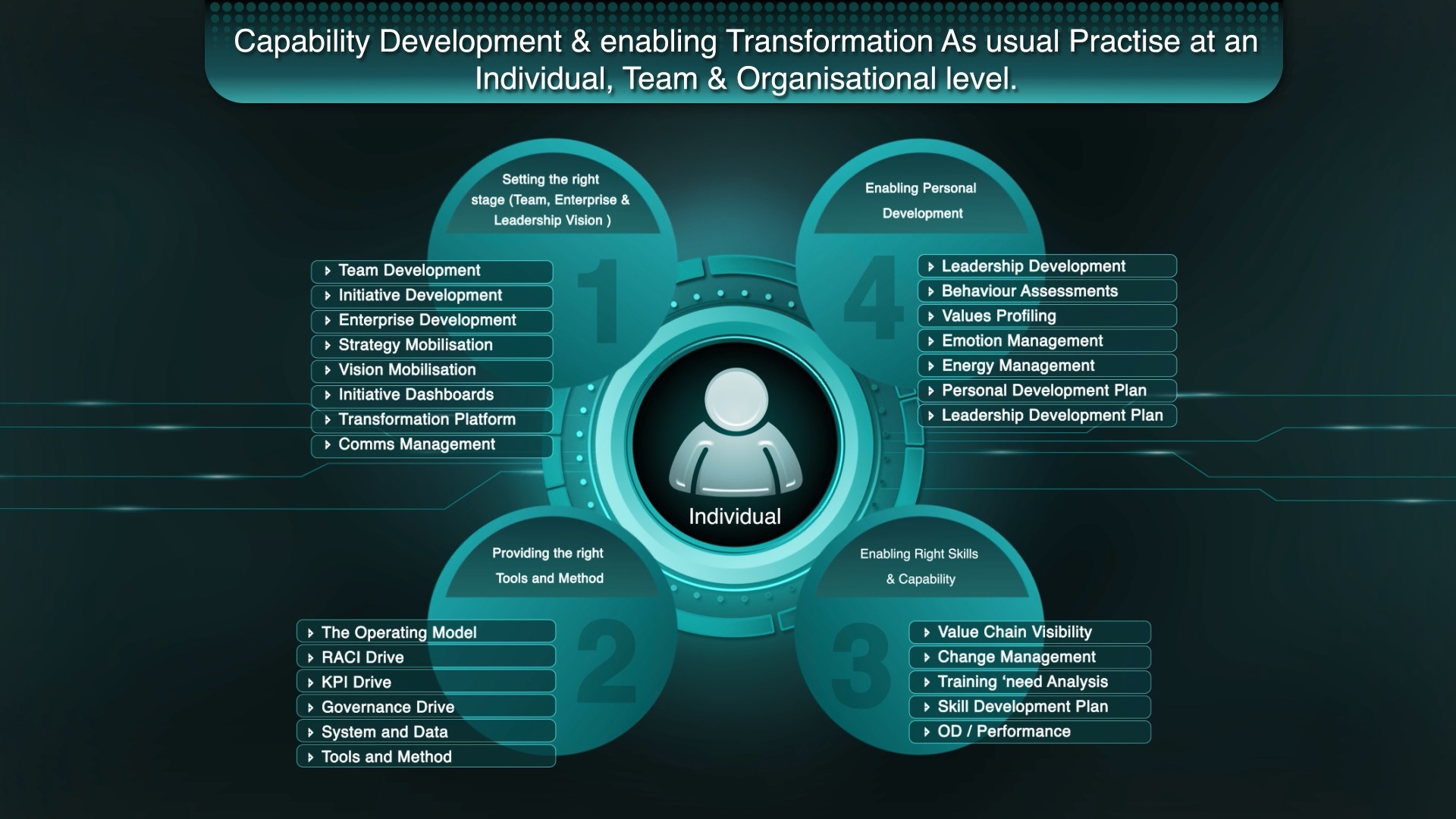IT Product and Services – Enterprise Business Transformation
An Introduction To Our IT Product and Services Platform
Modus Business Transformation Core Modules
Building, Driving and Sustaining your Business Transformation and embedding a 'Transformation As Usual' platform.
01 - Business Model Management - Manage and Adapt
By leveraging the Business Model Management Hub, your enterprise can ensure sustainable growth, increased agility, and a competitive edge in the ever-evolving IT landscape.
The Business Model Management Hub in the Modus Enterprise Transformation Platform (ETP) is essential for IT Product and Services Enterprise Business. It enables organizations to adapt and thrive in a dynamic market by providing comprehensive tools to analyze and manage current and future business models.
Key Features:
• Holistic Business Model Analysis:
Evaluate your current business models across various aspects such as
markets, customers, products, and services.
Identify gaps and opportunities for growth and transformation.
• Strategic Planning and Adaptation:
Utilize the Business Transformation Survey to gather insights and data for
informed decision-making.
Develop robust transformation strategies to stay ahead of market changes
and customer demands.
• Centralized Transformation Strategy Hub:
Access a centralized hub for managing your transformation strategy,
ensuring all initiatives are aligned with business goals.
Streamline the planning and execution of transformation projects to enhance
efficiency and effectiveness.
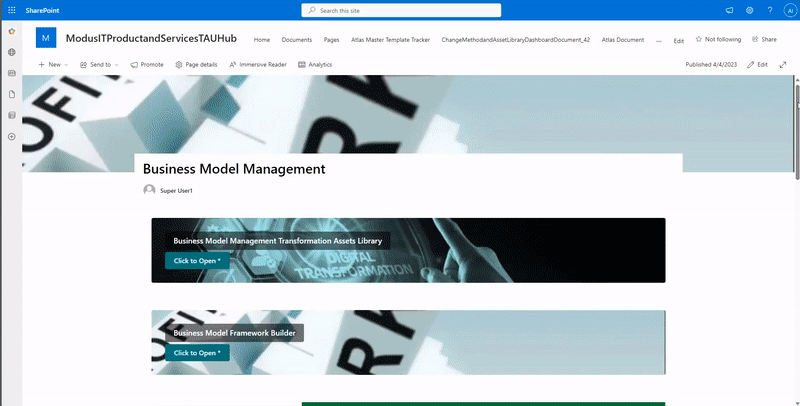
Importance and Benefits:
• Enhanced Market Responsiveness:
Quickly adapt business models to respond to market trends and customer
needs, ensuring continued relevance and competitiveness.
• Sustainable Growth:
Foster a culture of continuous improvement and innovation by regularly
reviewing and updating business models.

Importance and Benefits:
• Enhanced Business Growth Planning:
Articulate and illustrate your business growth plans with clarity and precision.
Facilitate cross-functional collaboration and ensure all stakeholders are
aligned.
• Improved Efficiency and Competitiveness:
Optimize your value chain to enhance efficiency, reduce costs, and improve
service delivery.
Stay competitive in the market by continuously adapting to changes and
improving your value chain processes.
02 - The Value Chain Modeler - Manage and Adapt
By leveraging the Value Chain Modeler, your enterprise can drive growth, improve efficiency, and maintain a competitive edge in the IT industry.
The Value Chain Modeler in Modus Enterprise Transformation Platform (ETP) is a powerful tool designed for IT Product and Services Enterprise Business. It helps you understand, articulate, and plan your business growth by providing a comprehensive view of your end-to-end value chain.
Key Features:
• Comprehensive Value Chain Analysis:
Gain a complete understanding of your business model and all touch-points
across the end-to-end value chain.
Identify strengths, weaknesses, and opportunities for improvement.
• Detailed Value Chain Surveys:
Conduct thorough surveys to gather insights from various stages of your
value chain.
Utilize data-driven insights to make informed strategic decisions.
• Strategic Planning with Target Operating Model:
Develop a Target Operating Model (TOM) to align your business processes
and systems with strategic goals.
Ensure seamless execution of transformation initiatives by linking strategy
with operations.
03 - The Operating Model - Organize and Sustain
By leveraging the Operating Model, your enterprise can achieve sustained operational excellence, enhanced customer experience, and continuous growth.By leveraging the Operating Model, your enterprise can achieve sustained operational excellence, enhanced customer experience, and continuous growth.
The Operating Model in Modus Enterprise Transformation Platform (ETP) is essential for IT Product and Services Enterprise Business. It helps organize and sustain your operational processes, creating a dynamic and efficient business environment.
Key Features:
• Comprehensive TOM and Operating Model Design
Define and capture your Target Operating Model (TOM) to align operations
with strategic goals.
Visualize and manage all operational processes and activities.
• Integrated Operating Model Components
Incorporate all essential components such as processes, systems, and
organizational structures.
Ensure a cohesive and streamlined operation.
• Product and Services Value System Design
Develop a value system that optimizes product and service delivery.
Enhance efficiency and customer satisfaction.
• Enhanced Customer Experience Design (CX)
Design and implement processes that improve the overall customer
experience.
Ensure customer-centric operations and service delivery.
• Financial and Communication Management:
Manage budgets and financials effectively with Financial Management tools.
Enhance stakeholder engagement through robust Communication
Management.
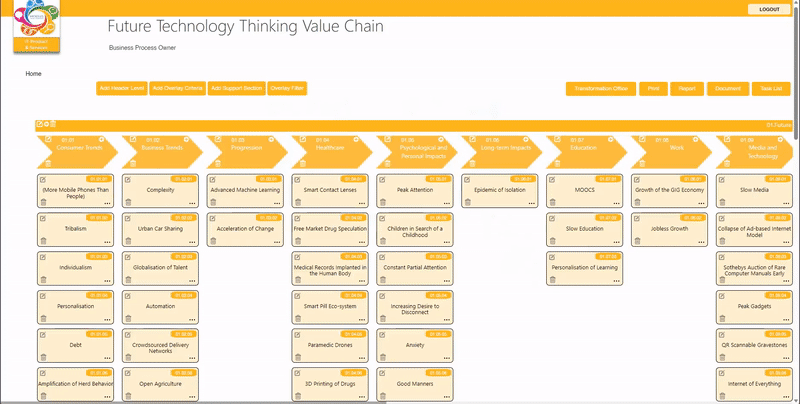
Importance and Benefits:
• Business Role and Skill-Based Design:
Define roles and required skills to support operational processes.
Facilitate ongoing training and development for staff.
• Process Support Office:
Establish a Process Support Office to maintain and update operational
processes.
Act as a 'living' process knowledge hub and Center of Excellence for Ways
of Working.
• Sustained Operational Excellence:
Utilize multiple operating models as ongoing training guides to ensure
continuous improvement.
Adapt to changes and maintain operational efficiency.
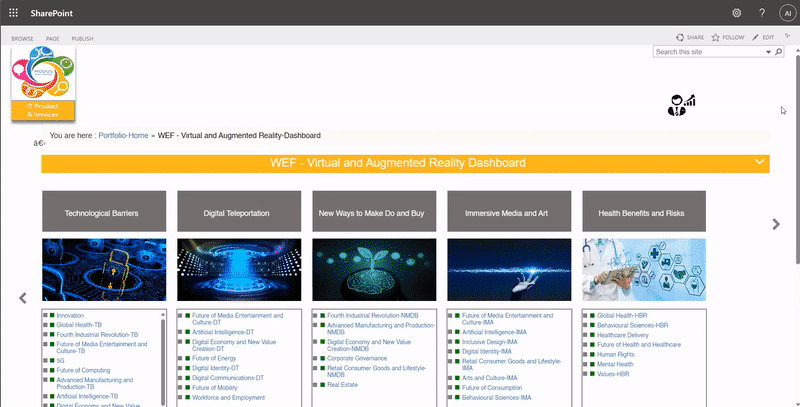
Importance and Benefits:
• Holistic Operating Model and Process Design:
Optimize operations with Operating Model Management and Process Design
Management.
Integrate IT design, build, and test management for seamless
implementation.
• Comprehensive Implementation and Change Management:
Oversee Implementation Management to ensure successful project delivery.
Support organizational change with Change Management and Training
Management tools.
• Continuous Improvement and Governance:
Conduct Transformation Reviews to assess progress and outcomes.
Optimize processes and ensure compliance with Optimization and
Governance tools.
04 - The Transformation Assets and Portfolio Module - Discover and Transform
By leveraging the Transformation Assets and Portfolio Module, your enterprise can drive successful transformations, improve efficiency, and achieve strategic goals effectively.
The Transformation Assets and Portfolio Module in Modus Enterprise Transformation Platform (ETP) is vital for IT Product and Services Enterprise Business. It empowers organizations to successfully execute and deliver their transformation vision using a comprehensive library of pre-defined templates and methods. Here's why it's essential and how it benefits your business:
Key Features:
• Comprehensive Portfolio Management:
Centralize and manage all transformation projects through a robust Portfolio Management Office.
Ensure alignment of all initiatives with strategic goals.
• Integrated Management Offices:
Utilize specialized offices for Pillar/Initiative Management, Program
Management, and Project Management.
Support transformation initiatives with a Virtual Project Management Office
(PMO) for remote collaboration.
• Centralized Transformation Assets:
Access a vast library of templates and methods to streamline transformation
processes.
Leverage assets for Value Chain Analysis, Business Model Analysis, and
Transformation Strategy.
• Efficient Planning and Management:
Use pre-defined tools for Transformation Mobilization, Planning
Management, and Log Management.
Ensure thorough planning and execution of transformation initiatives.
• Financial and Communication Management:
Manage budgets and financials effectively with Financial Management tools.
Enhance stakeholder engagement through robust Communication
Management.
• Value Chain Analysis
• Business Model Analysis
• Transformation Strategy
• Transformation Mobilization
• Planning Management
• Transformation Log Management
• Financial Management
• Communication Management
• Operating Model Management
• Process Design Management
• IT Design Management
• Build and Test Management
• Implementation Management
• Change Management
• Personal Development Assessments
• Training Management
• Organizational Design Management
• Transformation Review
• Optimization and Governance
05 - Organizational Change Management - Unite and Thrive
By leveraging Organizational Change Management, your enterprise can drive successful transformations, ensure full adoption of changes, and build a resilient, adaptive organization.
Organizational Change Management in Modus Enterprise Transformation Platform (ETP) is crucial for IT Product and Services Enterprise Business. It ensures full adoption of change, engaging and building organizational structures, pathways, and skills down to individual roles. Here's why it's important and how it benefits your business:
Key Features:
• Comprehensive Change Management Office:
Oversee and manage all change initiatives to ensure alignment with
strategic goals.
Coordinate change efforts across the organization for consistent execution.
• Effective Communication Management Office:
Facilitate clear and effective communication throughout the change process.
Keep all stakeholders informed and engaged.
• Organizational Design Management Office:
Design and implement optimal organizational structures to support new
ways of working.
Align roles and responsibilities with business objectives.
• Leadership Development Practices:
Develop strong leadership to guide and support change initiatives.
Foster a culture of continuous improvement and innovation.
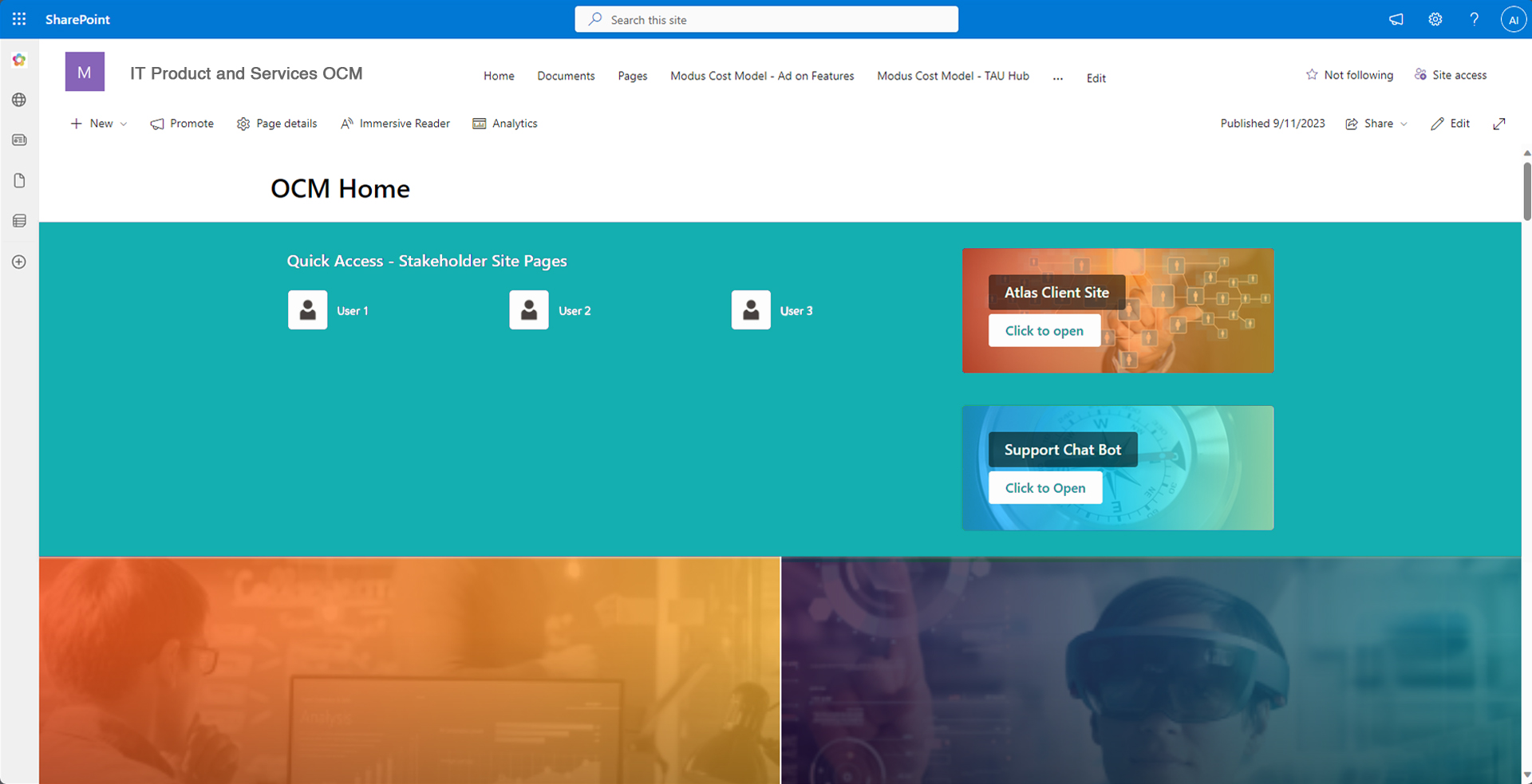
Importance and Benefits:
• Change Workbench:
Provide tools and resources for managing change activities.
Track progress and address challenges proactively.
• Adoption and Course Correction:
Ensure full adoption of changes with ongoing support and adjustments as
needed.
Monitor and evaluate the effectiveness of change initiatives.
• Training and Launch Academy:
Offer comprehensive training programs to equip employees with necessary
skills.
Support successful change implementation and sustainment.
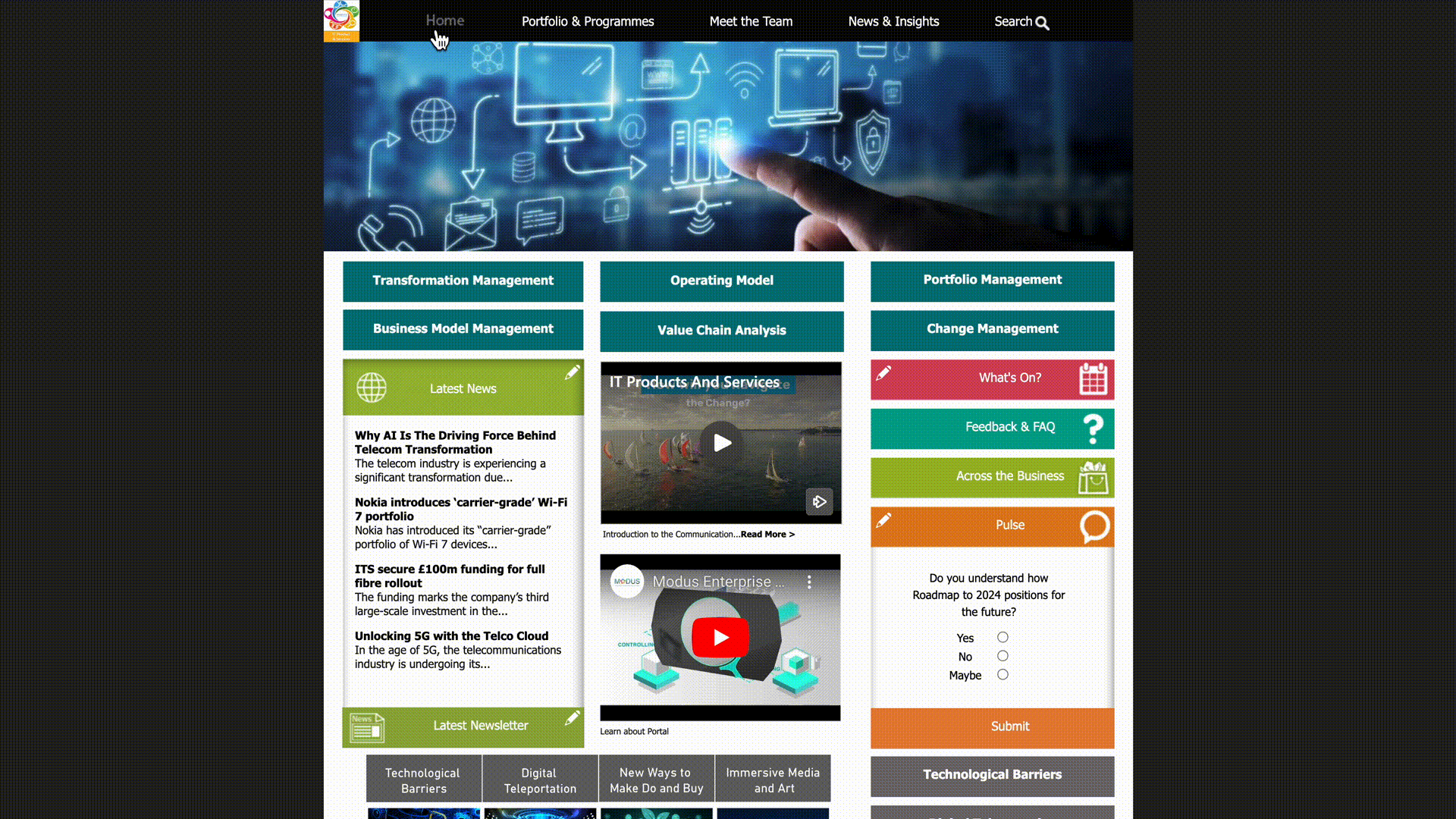
Importance and Benefits:
• Business Team Areas:
Provide dedicated spaces for business teams to align with transformation
goals.
Foster cross-functional collaboration.
• Comprehensive Calendar:
Roadmaps Access detailed roadmaps to track key milestones and
deadlines.
Ensure timely execution of transformation activities.
• Multilingual Language Capability:
Support diverse workforces with content available in multiple languages.
Enhance inclusivity and engagement.
• Transformation and Change Alerting:
Receive real-time alerts about important changes and updates.
Stay proactive and responsive to transformation needs.
06 - Engagement Hub - Share and Guide
By leveraging the Engagement Hub, your enterprise can enhance communication, foster collaboration, and drive successful transformations with a well-informed and engaged workforce.
The Engagement Hub in Modus Enterprise Transformation Platform (ETP) is vital for IT Product and Services Enterprise Business. It centralizes communication and resources to ensure everyone stays informed and engaged during transformation processes. Here's why it's important and how it benefits your business:
Key Features:
• Centralized Transformation Communications:
Streamline all transformation-related communications in one place.
Ensure consistency and clarity in messaging.
• Stay Updated with Latest News:
Keep everyone informed with the most recent updates and developments.
Foster transparency and trust across the organization.
• Conduct Poll Surveys:
Gather valuable feedback and insights from employees.
Make data-driven decisions to enhance transformation efforts.
• Dedicated Transformation Team Areas:
Create specific areas for transformation teams to collaborate.
Enhance teamwork and efficiency.
Transformation As Usual Capability Model
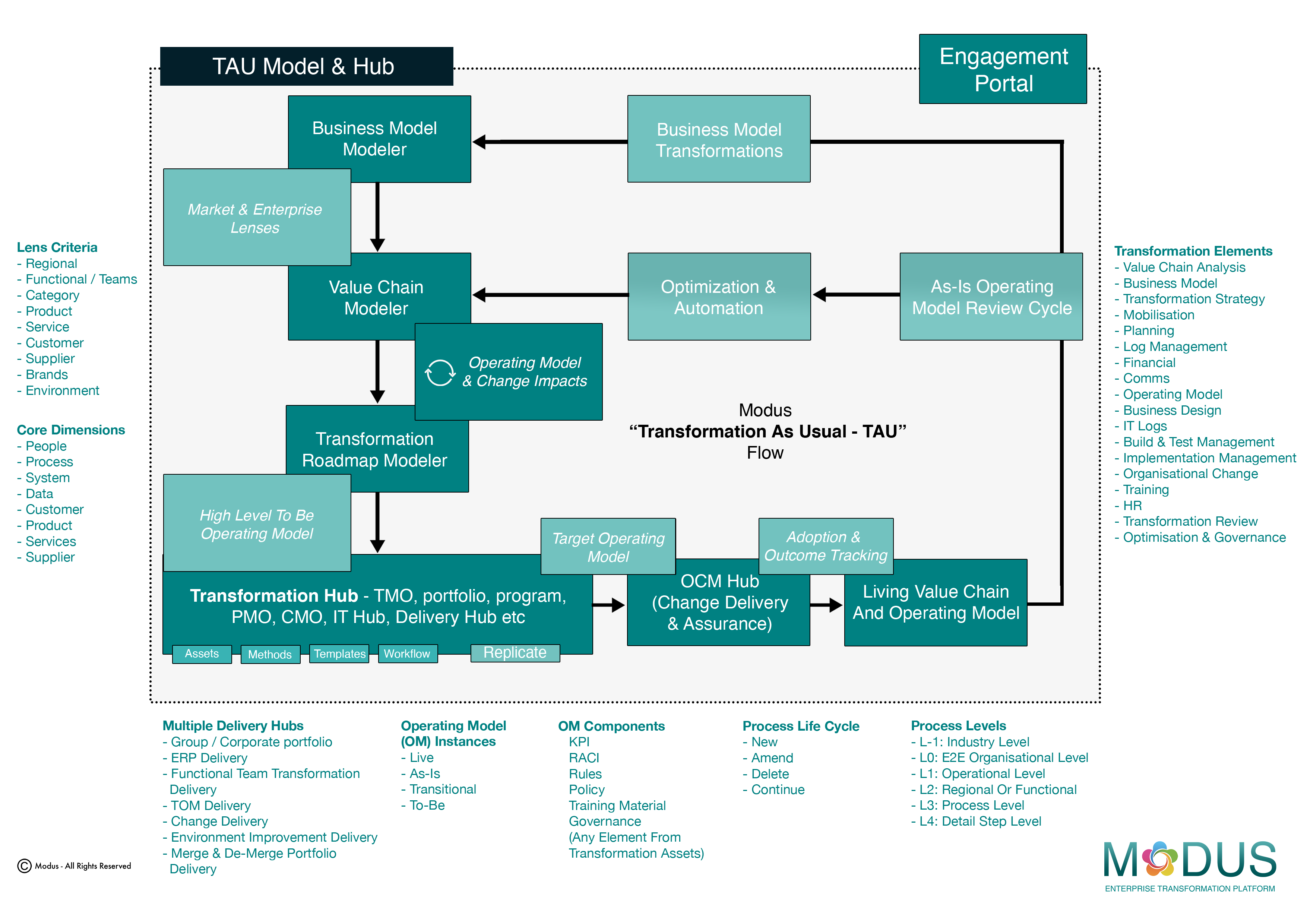
Individual and Team Capability Development
